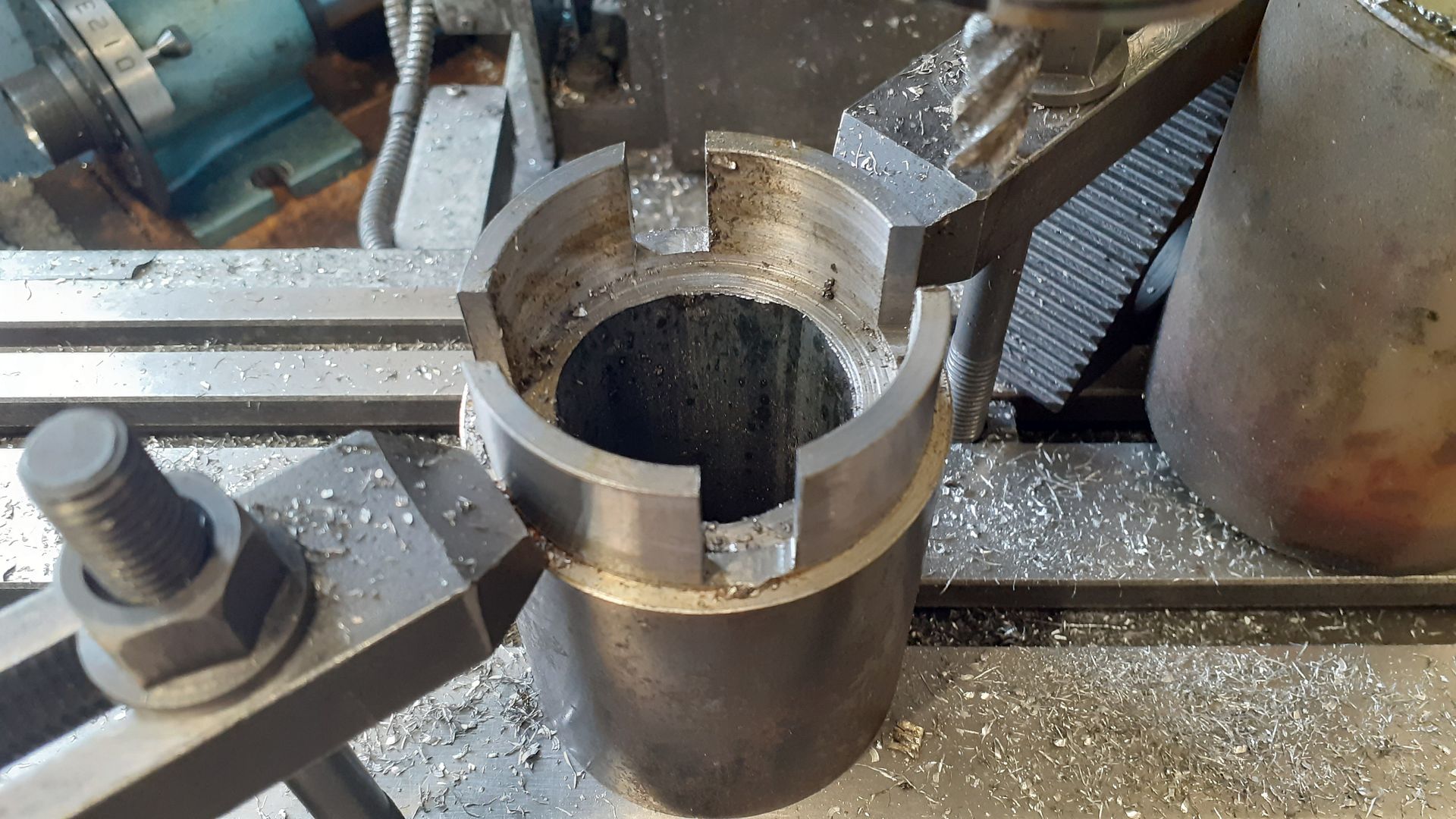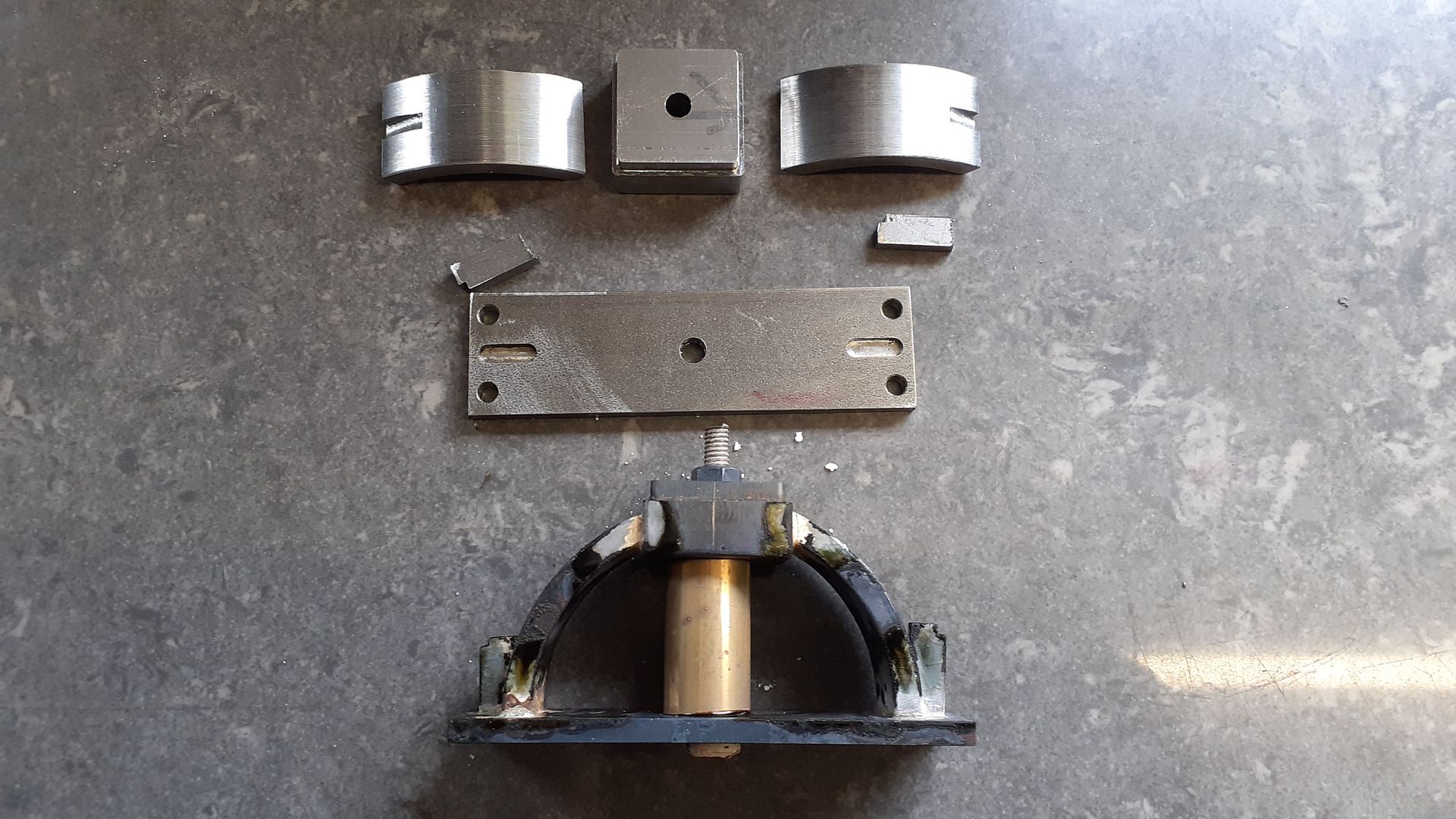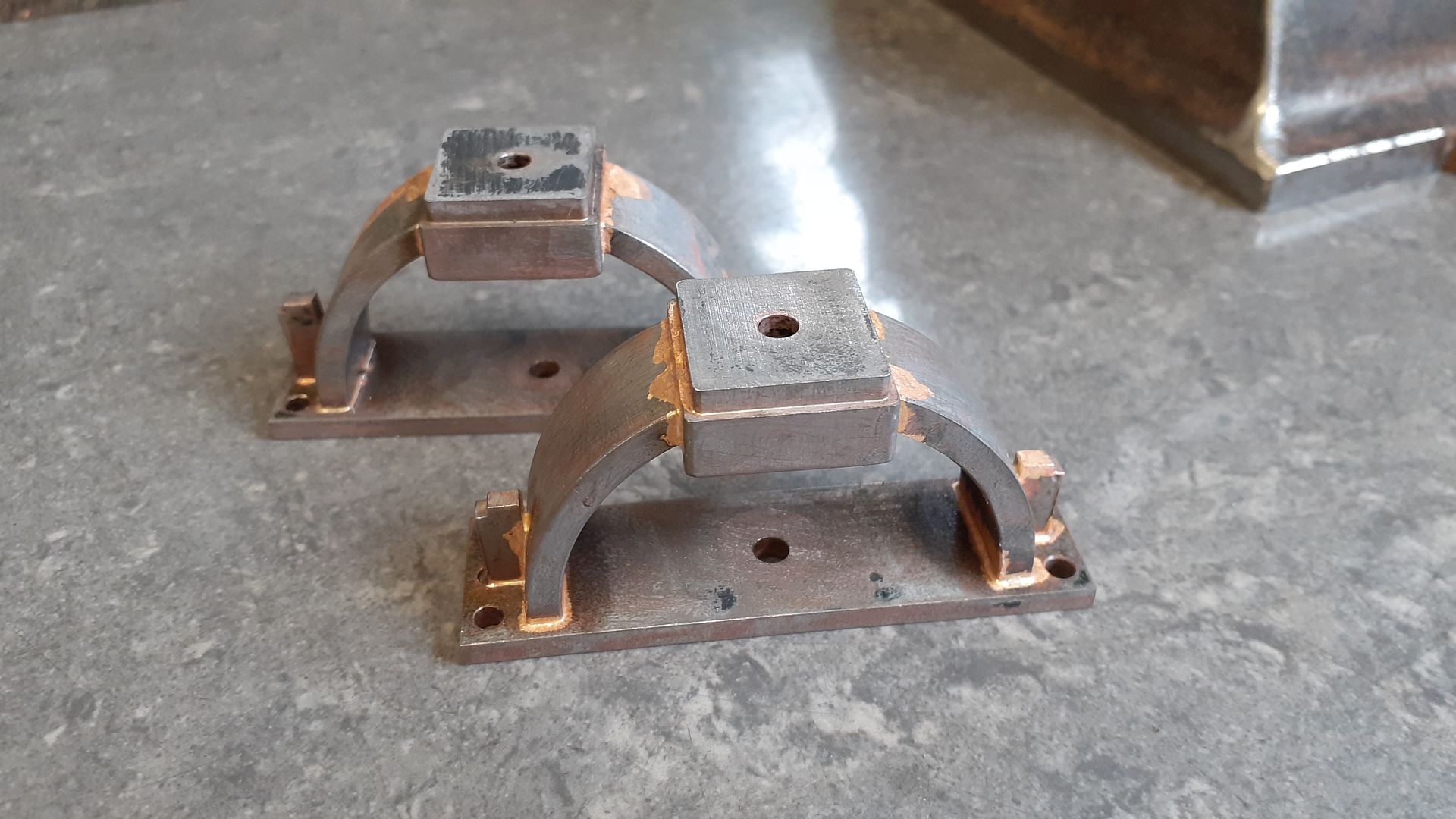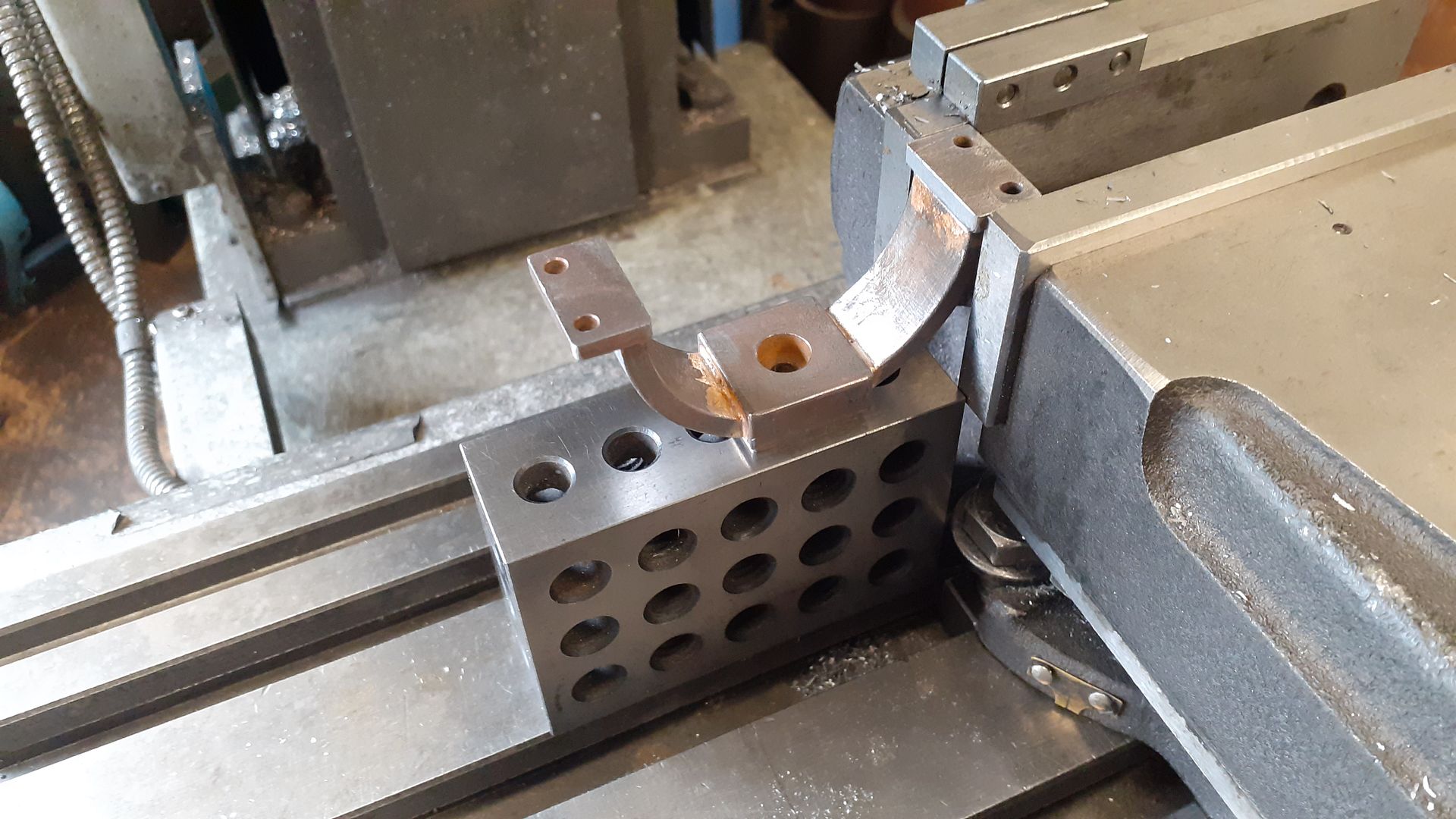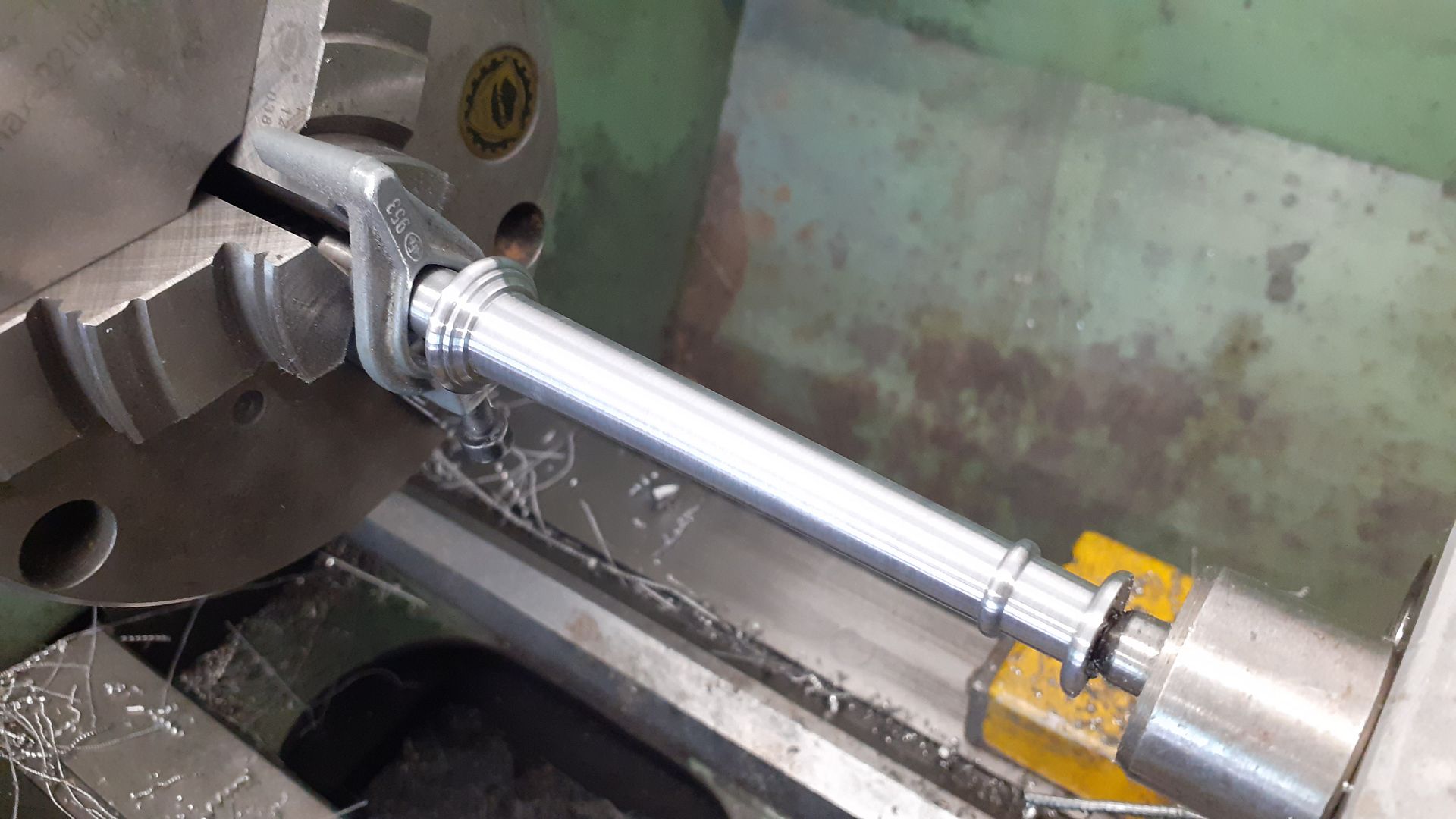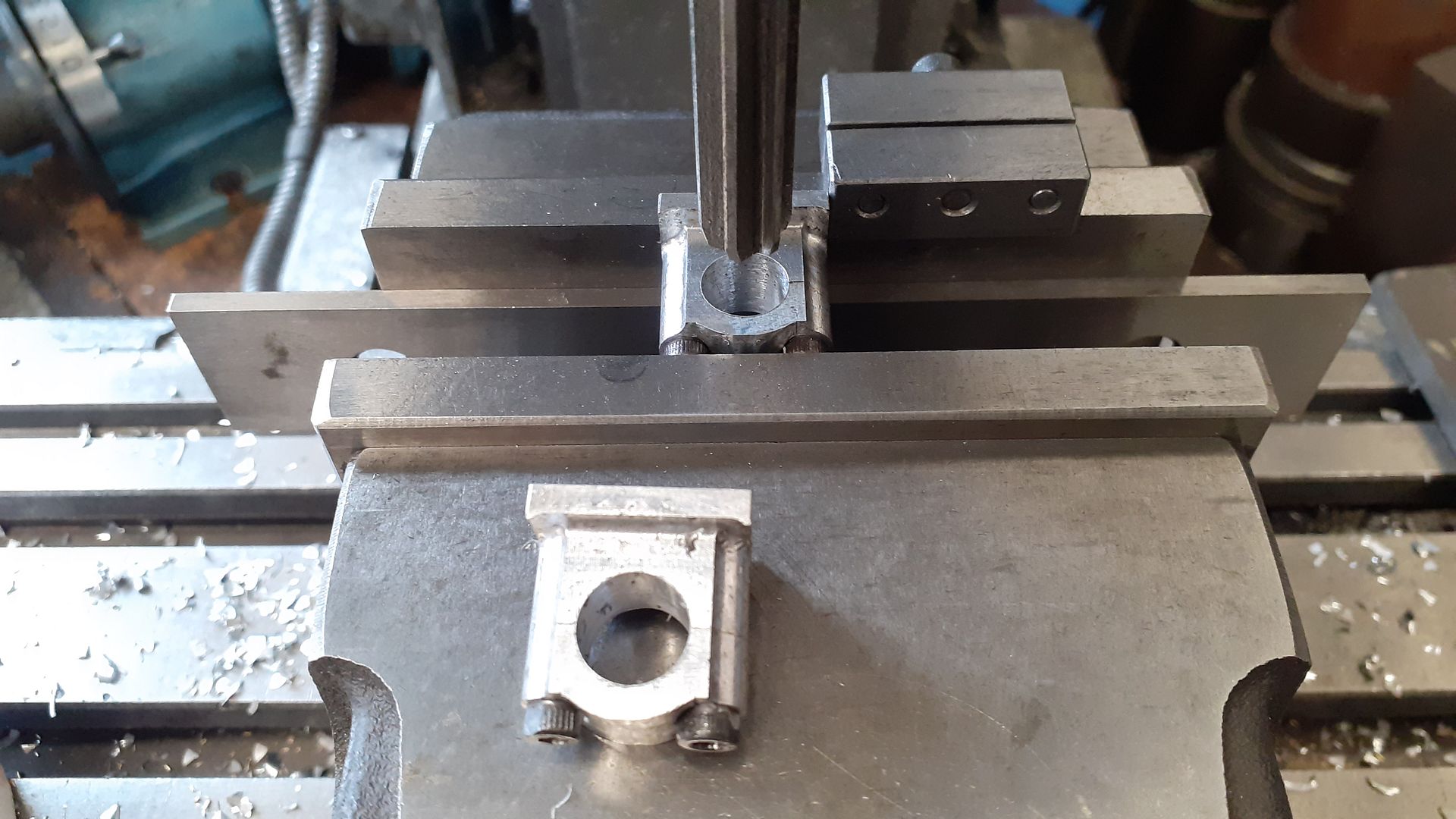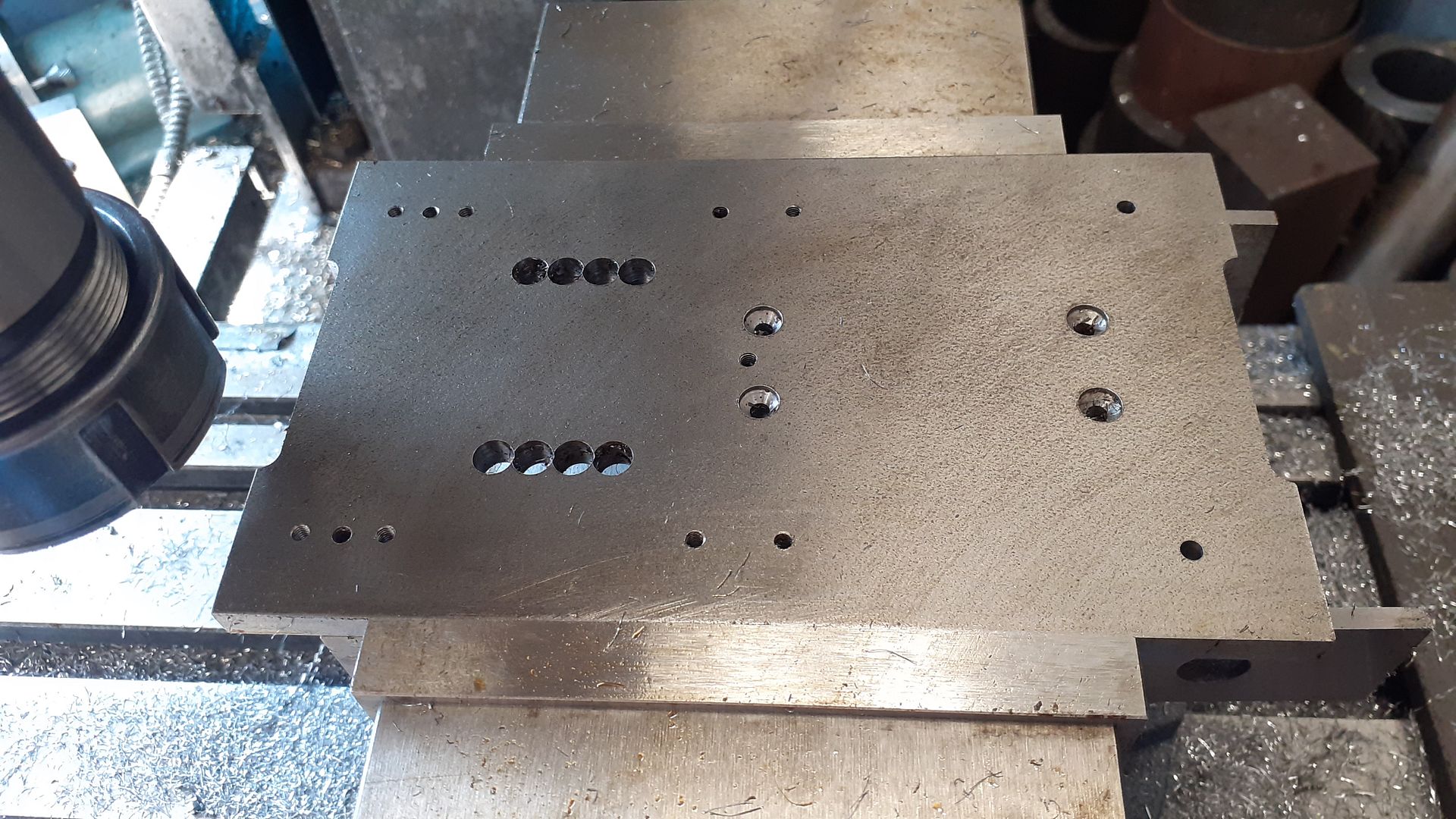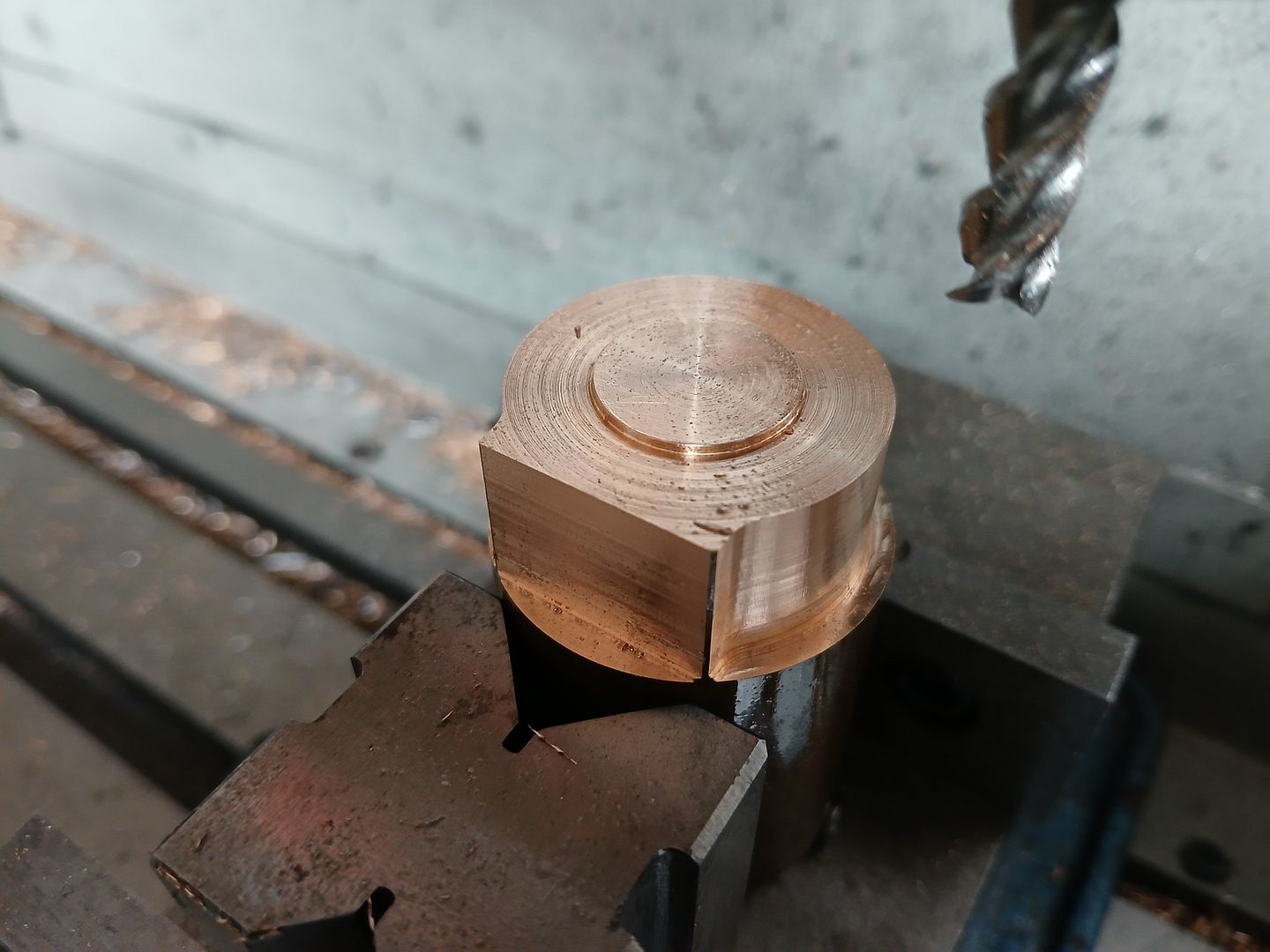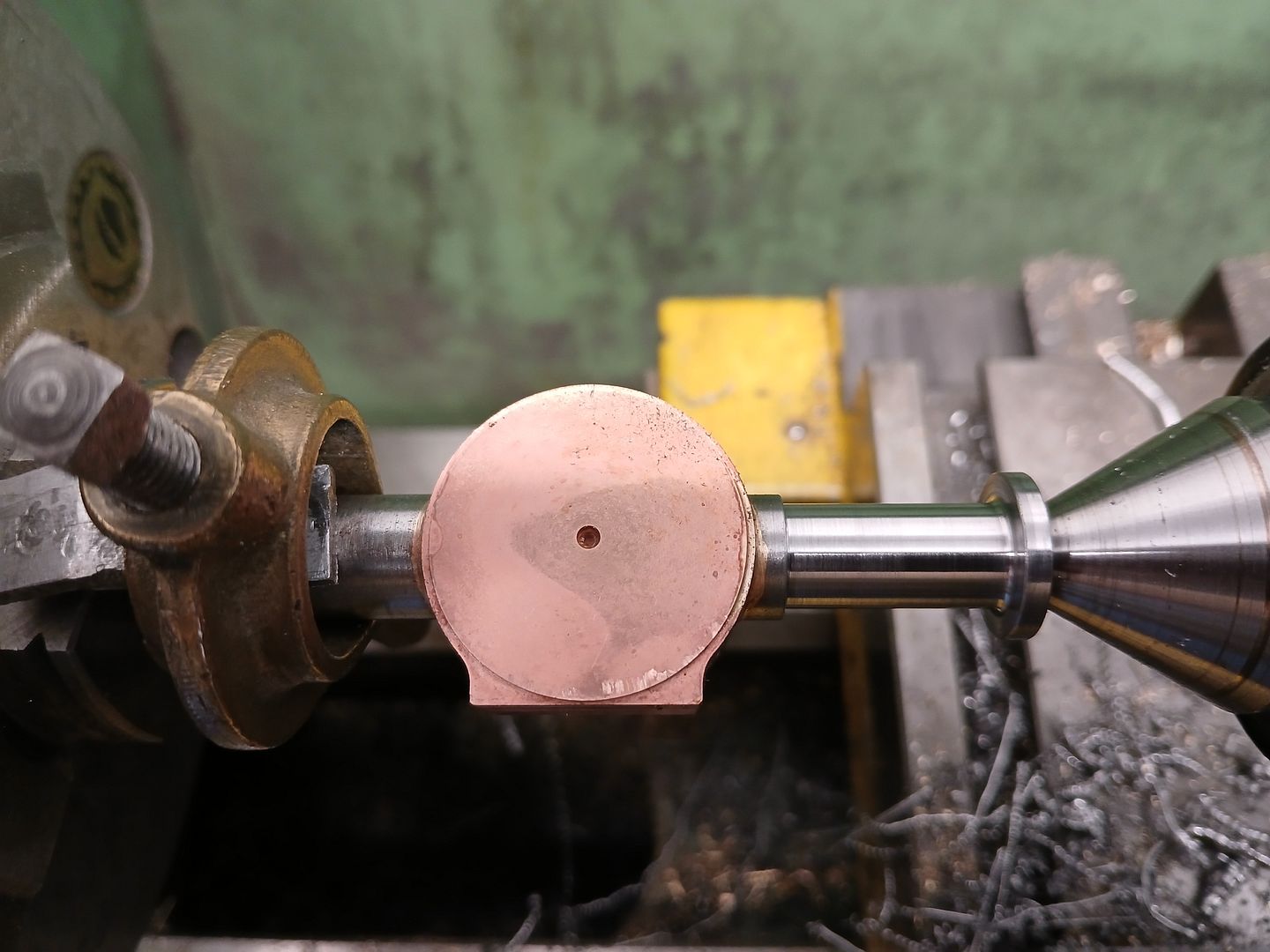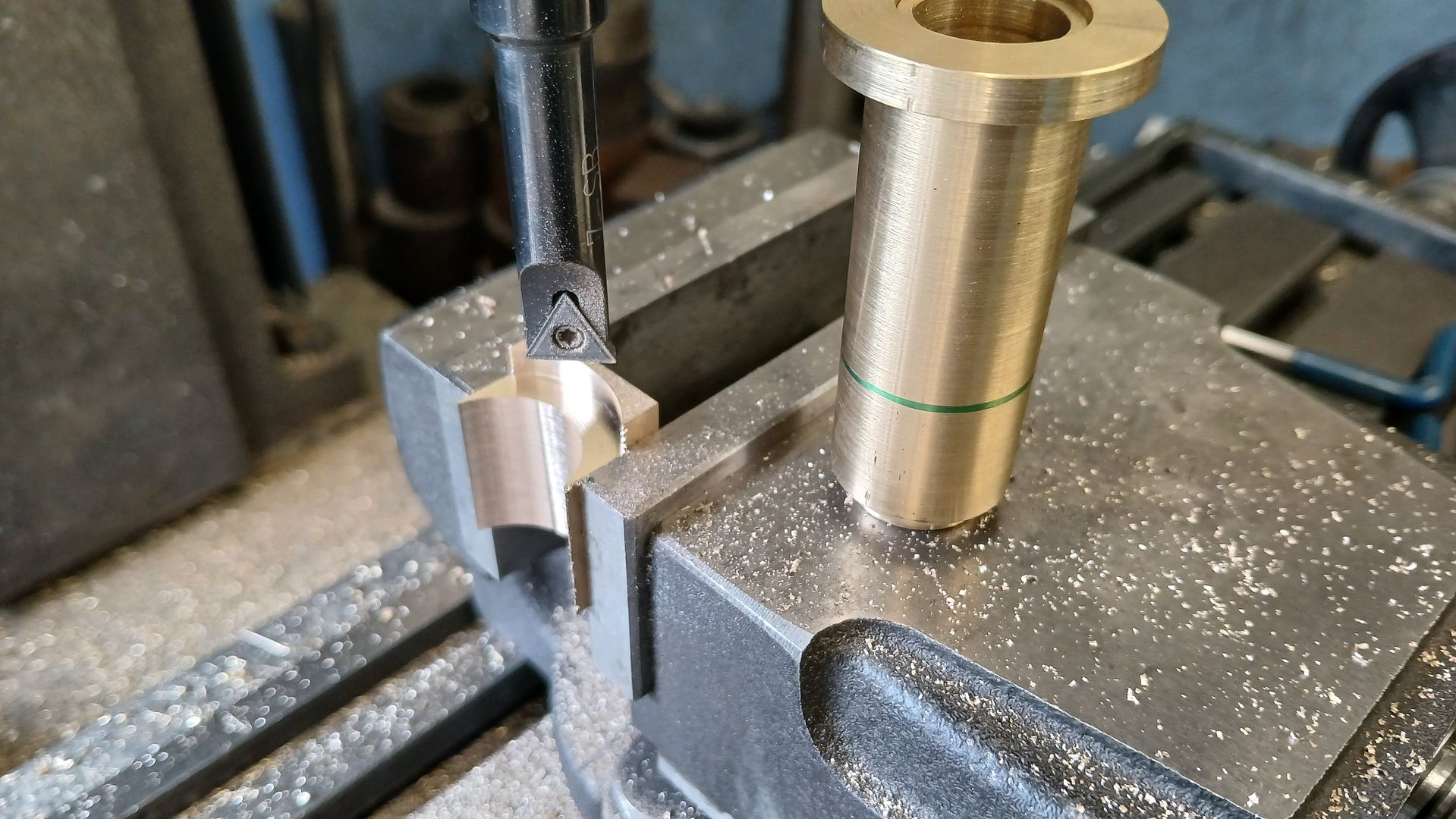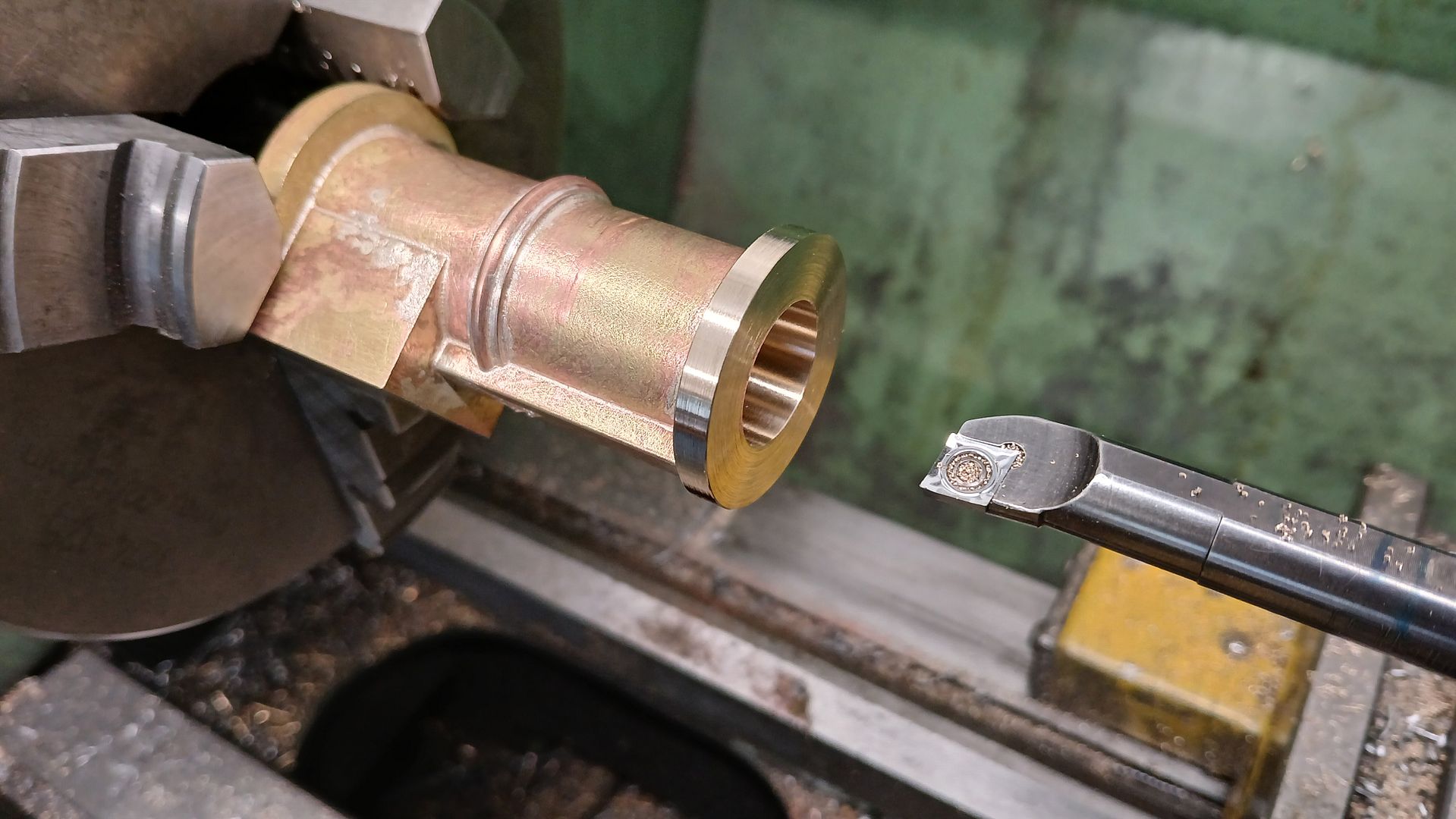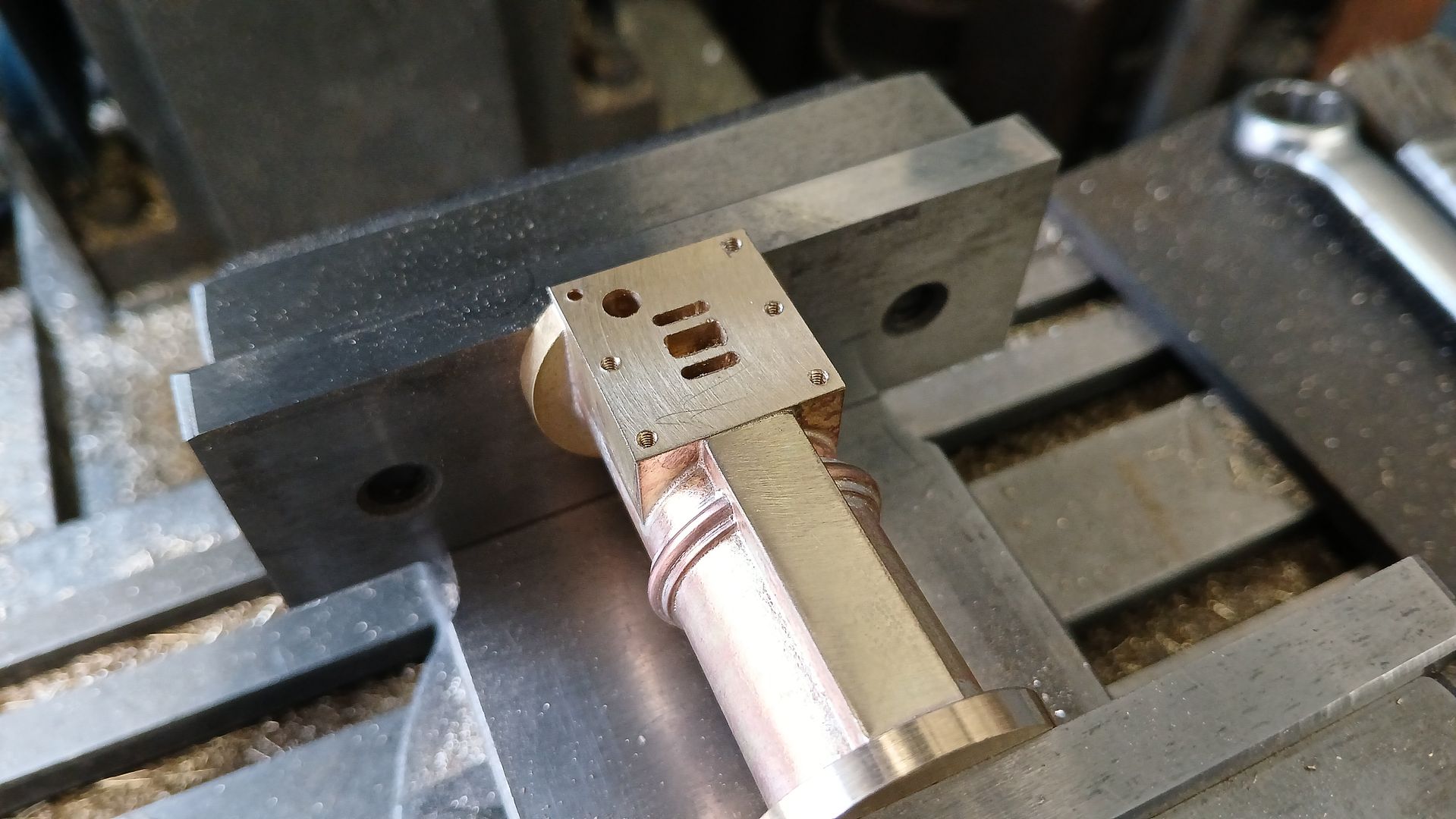On
4 October 2024 at 11:44 JasonB Said:
The image of the other Christies oscillator is not showing from your link but I can get this from the link I posted earler to the Bonhams Auction

I suppose it could be taken two ways, either Jekyll is showing (presenting) it as his work or he has made it and is giving (presenting) it to someone. If the latter you would expect to see the name of who it was presented to and possibly a reason why.
Edit just twigged the RE on the name plate so he was retired.
I don’t know how long his millitary service was but if we assume he retired from service then that would suggest he makes them as a hobby and not to do real work unlike some of the other engines in the auction that were small workshop engines by known manufactureres or in the case of the Maudsley ones probably apprentice pieces.
RE is ‘Royal Engineer’, not retired. Michaels research identified Jekyll’s famous daughter Gertude, born 1843, dating her dad a little later than 1800. At that time the Royal Engineers were the UK’s main source of trained professional engineers – the Army paid for their university equivalent training. Before the Industrial Revolution, and well into the early Victorian period, almost all large engineering projects were military. Fortifications, dockyards, road systems, canals, dams, irrigation systems, bridges, surveys and maps, balloons, etc. The Royal Engineers were deep into all things technical, and high-end, not labourers! Many early Railway Inspectors were ex RE, including the first.
Joining the dots, I think Captain E Jekyll RE was a number-crunching professional engineer, supervising others. Michael’s link supports the ‘man in charge’ view, my bold: ‘The following very Superior Collection of Models were constructed under the immediate direction of E. Jekyll, Esq., late Captain Grenadier Guards‘. As the models are of fortifications, I suggest he had them made to inform new officer students, ended his career as an Army educationalist. Very likely he was a talented machinist in his own right, at work and in his spare time, before and after retirement. The engine could be a private endeavour, or ordered for educational purposes.
He’s not in Graces Guide. Anyone got an account with a geneology research website? Might be possible to find more via his daughter and the families death, births, census and army records etc.
I see the model sold for £10,000! Wonder how much my PottyMill is worth? Perhaps if I paint it!
Dave
Wade Beatty.




